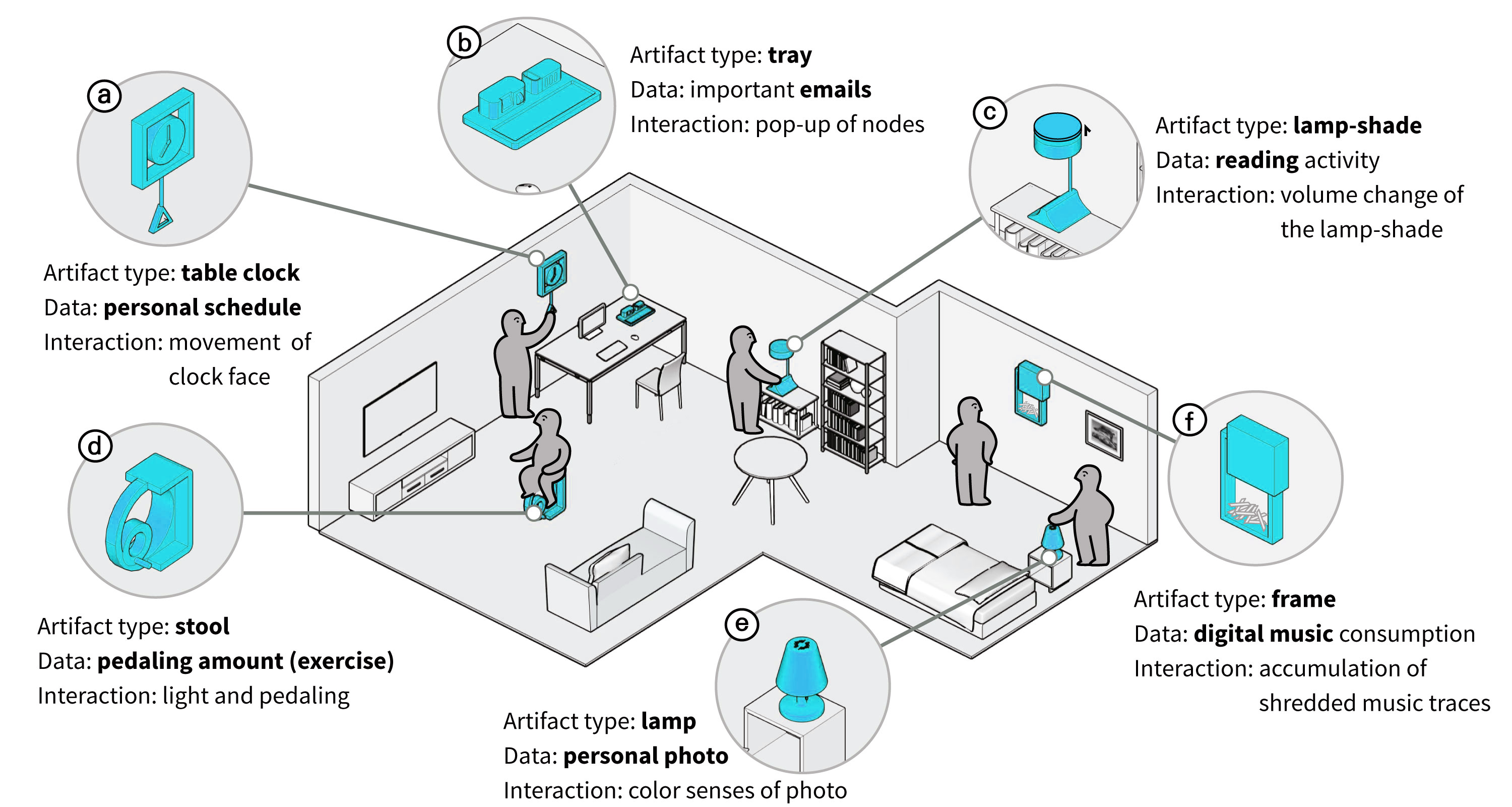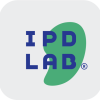Vision
Design of Future Everyday Interactive Things
- IPD Lab researches personal lifelog data, IoT, product design, and tangible interaction. We are exploring techniques and designs for expressing and physically interacting with dematerialized information such as digital schedules, reading activity, and music/audiobook listening data through the form of everyday objects. Our lab mainly uses the case design-development+field study method, and the research results are mostly published in academic societies such as ACM CHI & DIS along with HCI-related journals.
- 인터랙티브 제품 디자인 연구실은 개인의 라이프로그 데이터, IoT, 제품 디자인, 탠저블 인터랙션 관련 연구를 수행하고 있습니다. 스케줄, 독서량, 음악/오디오북 감상 기록 등과 같이 비물질화된 정보를 일상 오브젝트의 형태를 통해 표현하고, 이와 물리적으로 상호작용하는 기법 및 디자인 대해 탐구하고 있습니다. 저희 연구실은 사례 디자인-개발+필드 스터디를 주된 연구 방법으로 택하고 있으며, ACM CHI, DIS 등의 학회와 HCI 관련 저널에 그 연구 결과들을 게재 합니다.
Things that we design & realize
People create and consume digital possessions such as photographs, digital music, videos, posts, texts, and documents through smart devices in their daily lives. This behavior has caused an increase in the types and amount of individuals' accumulated data over time, and storing everything "just in case" has made it difficult for people to organize and retrieve the data. Although cloud services and AI make the revisiting experience easy to navigate for particular themes, digital possessions' intangible and indiscriminate nature still affects the limited experiences revisiting individuals' past data. Our research team has investigated ways to provide new designs and interactions using data-driven technologies for meaningful everyday activities, which link to enriching self-reflective experiences. At this point, we utilized everyday objects to show and provide tangible interaction with personal lifelog data to support new experiences in daily life. This video introduces our lab's research vision by showing examples of how people perceive and interact with personal lifelog data (e.g., photos, music listening history, schedules, and reading activity) through everyday artifacts in homes.

Examples of natural encounters include a table clock indicating the beginning of the next schedule in Google Calendar using the movement of the clock hand (a) and a table tray showing only important emails (b). Other examples include a desk lamp that holds the book a user is currently reading, where the time spent reading is shown as the volume of a lampshade (c), or a stool-style cycle that visualizes the pedaling with light and represents the amount of pedaling through the brightness of the light (d). Further examples are a desk lamp that visualizes the representative colors of personal photos (e) and a picture frame that expresses the amount of music consumed by an individual through the shredding of paper song tickets (f).


